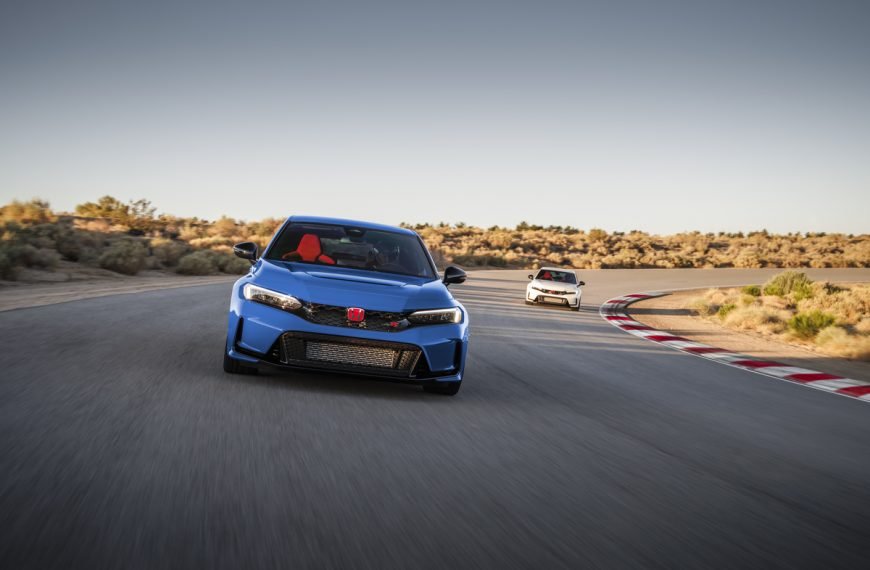Italian Sports Cars Resist Electrification: Italy Pushes Back On EU
EU says “electric or bust”
You’re walking by the coast and catch something red at the corner of your vision. Sleek and low slung, it’s unquestionable what you see. Italian design. A Ferrari.
The car swoops right on the intersection and casts its silhouette against the ocean glare. Haunched like a panther in battle stance, the design exudes passion and curvaceous beauty – but something seems… off. The car passes by swiftly without making a sound.
“Ah…” you say to yourself as the LED tail lights streak in a speed-induced blur into the distance, “it’s electric.”
If that short story irks you in the slightest, fear not, for Italy may have your back. Although for different reasons than you’d think at first, the Italian government is pushing back on the European Union’s plans to phase out internal combustion vehicles by 2035. Their reasoning? Smaller production automakers, namely niche supercar marques of the likes of Ferrari and Lamborghini, don’t produce enough vehicles at scale to make it economically viable to shift production to electric technologies.
In addition, the Italian government argues the environmental impact of the relatively few high-emissions cars produced by niche supercar manufacturers is minuscule, if not negligible, and should be exempt from the EU rule (at least for a while).
To provide some context, 2020 saw Lamborghini produce about 7,400 cars and Ferrari just over 9,100. Compare those figures to Volkswagen’s 8.9 million vehicles produced, or even competitor Porsche’s 57,000, and you can see why Italy is making their argument for temporary exemption.
Roberto Cingolani, Italy’s Minister for Ecological Transition and former non-executive board member at Ferrari, says, ”These cars need very special technology and they need batteries for the transition.” He continues, “One important step is that Italy gains autonomy in producing high-performance batteries.”
Italy is set to create a gigafactory program to fulfill such a need, but this will require more time. Italian automakers aren’t twiddling their thumbs during these talks either. Ferrari is set to unveil their first all-electric car in 2025 and Lamborghini sometime before 2030.
France is also pushing for more leeway in the EU ruling, arguing that plug-in hybrids should stay for longer. They’re shooting to reduce automobile emissions 55% by 2030 – a deviation from the EU’s plan for 65% reduction by 2030 and zero emissions by 2035.
Jean-Marie Robert, a representative of the largest French trade union CFDT, said, “We know there will be no choice but to switch to electric cars. What’s important is that we prepare in advance.”
Pushback against the plan isn’t to spite the EU or the environment, but more so for the fact that pushing for all cars to be zero emissions by 2035 also requires a slew of advancements in infrastructure, manufacturing, and technology. The grid must support all these electric cars – not to mention the responsible production of said electricity to power them all in the first place.
Presented in July of this year, the EU’s plan for emissions targets is going through constant revisions as talks between member states and the European Parliament continue. The entire process will likely take a few years and undergo even more changes, but the overall consensus is that emissions must be drastically reduced to combat the effect of greenhouse gases on the environment. Though delayed compared to their competitors, inevitable change is coming to the prancing horse and raging bull – it’s only a matter of “when.”











